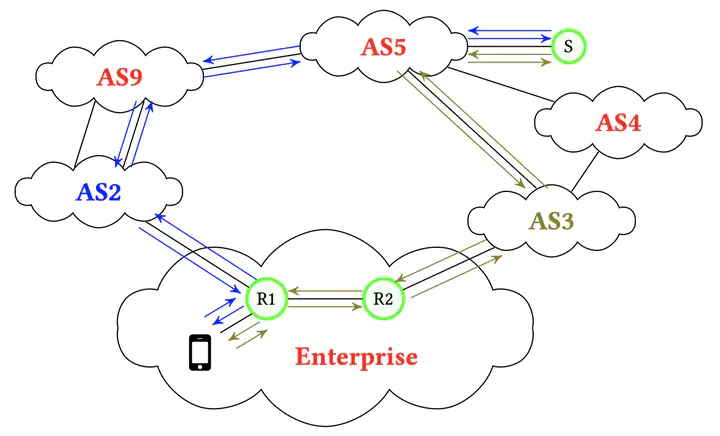
Abstract
The Internet use IP addresses to identify and locate network interfaces of connected devices. IPv4 was introduced more than 40 years ago and specifies 32-bit addresses. As the Internet grew, available IPv4 addresses eventually became exhausted more than ten years ago. The IETF designed IPv6 with a much larger addressing space consisting of 128-bit addresses, pushing back the exhaustion problem much further in the future.In this paper, we argue that this large addressing space allows reconsidering how IP addresses are used and enables improving, simplifying and scaling the Internet. By revisiting the IPv6 addressing paradigm, we demonstrate that it opens up several research opportunities that can be investigated today. Hosts can benefit from several IPv6 addresses to improve their privacy, defeat network scanning, improve the use of several mobile access network and their mobility as well as to increase the performance of multicore servers. Network operators can solve the multihoming problem more efficiently and without putting a burden on the BGP RIB, implement Function Chaining with Segment Routing, differentiate routing inside and outside a domain given particular network metrics and offer more fine-grained multicast services.